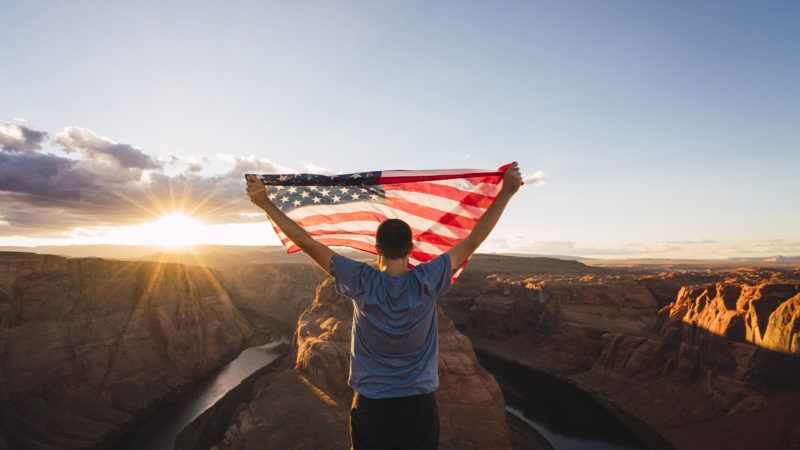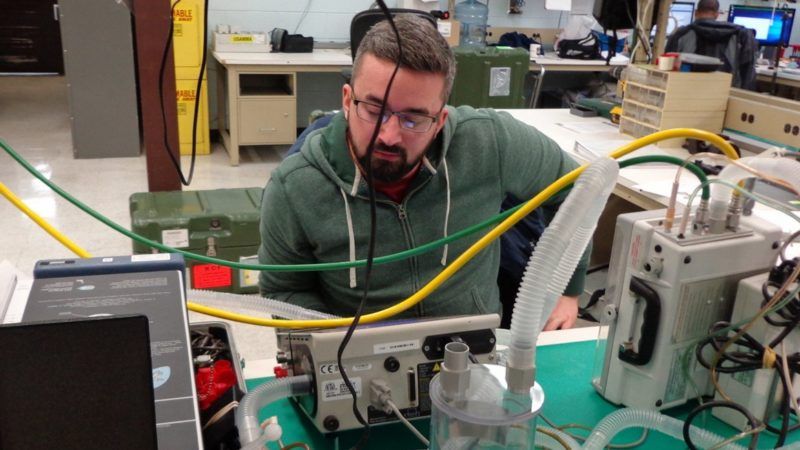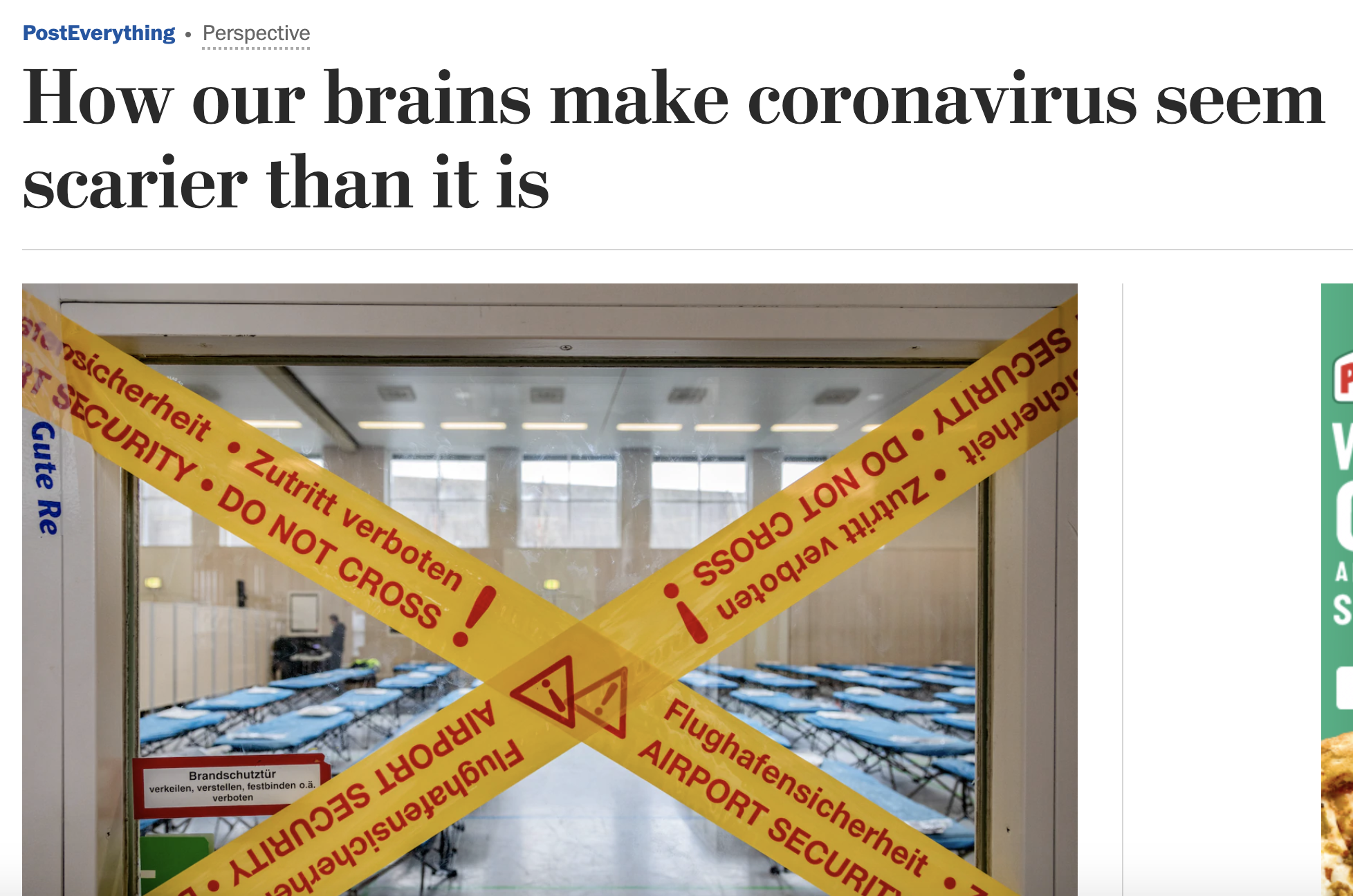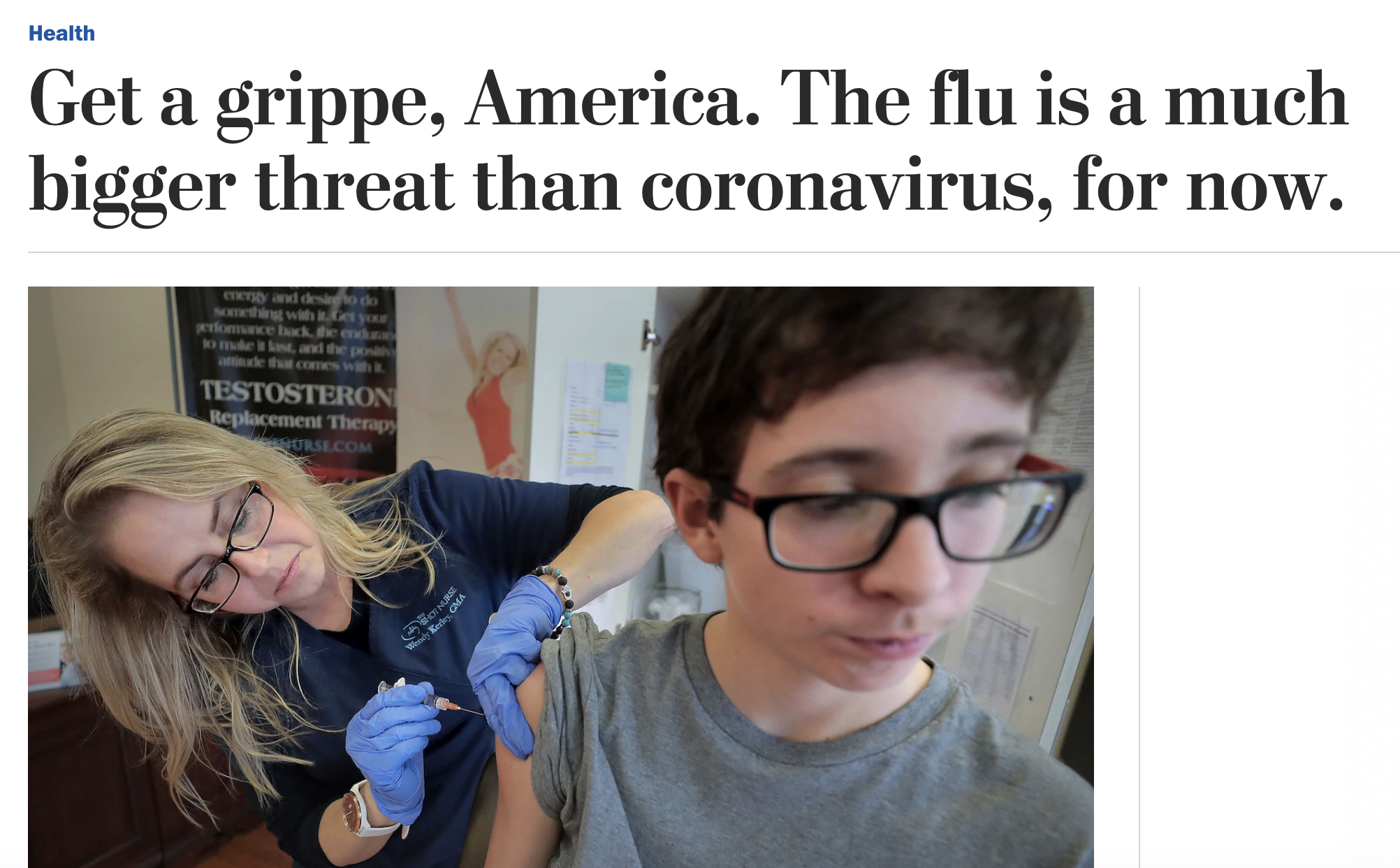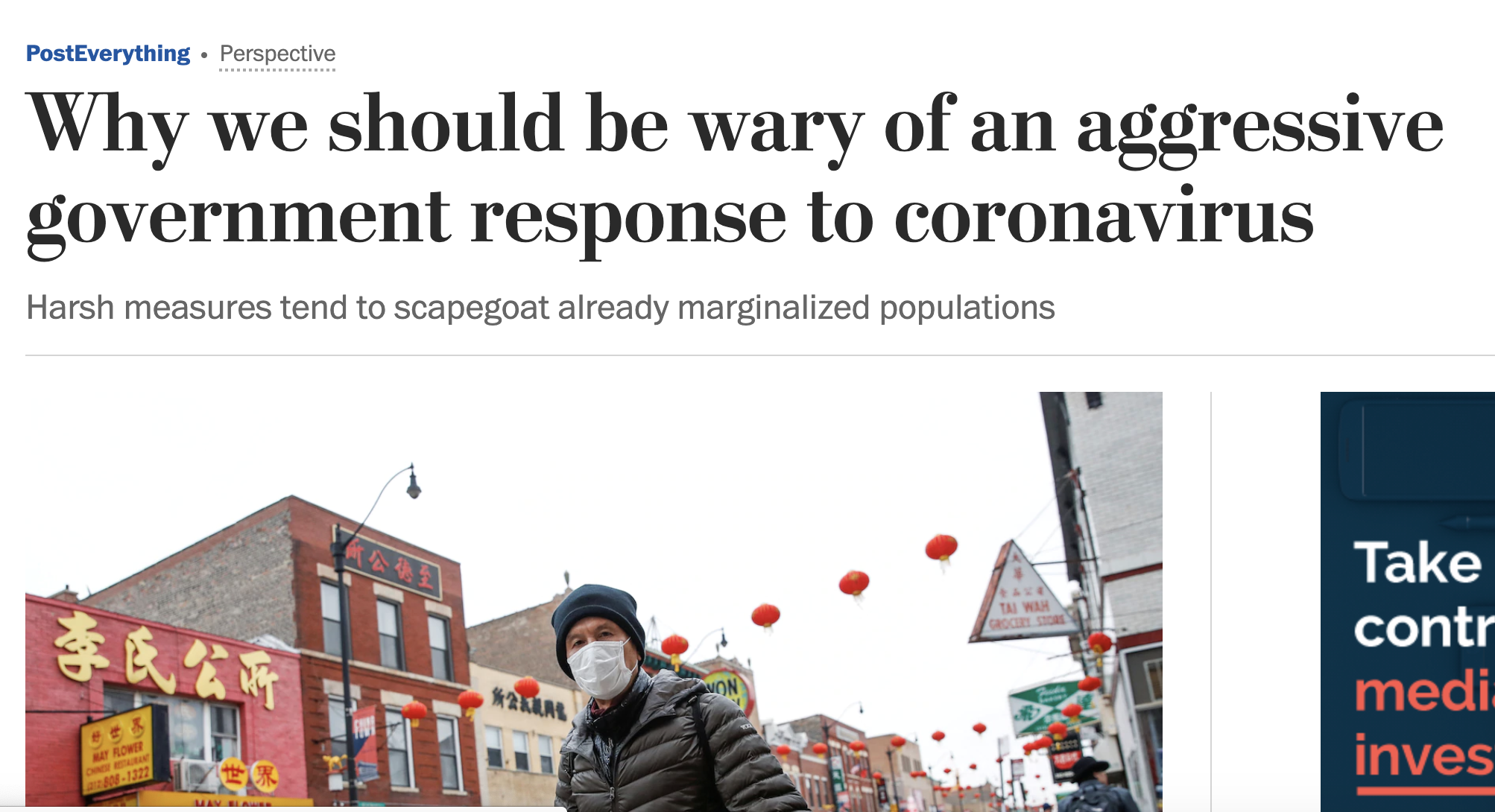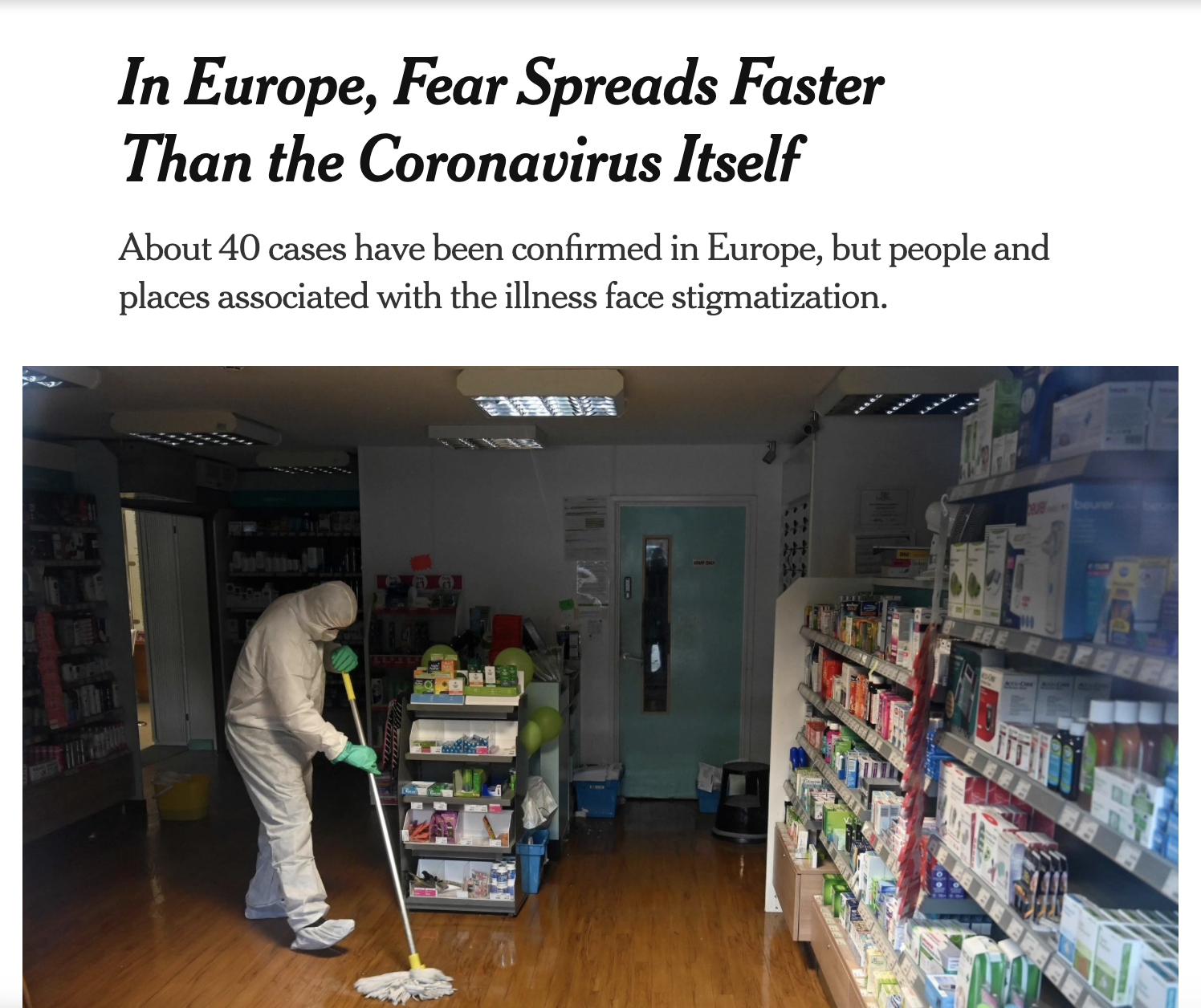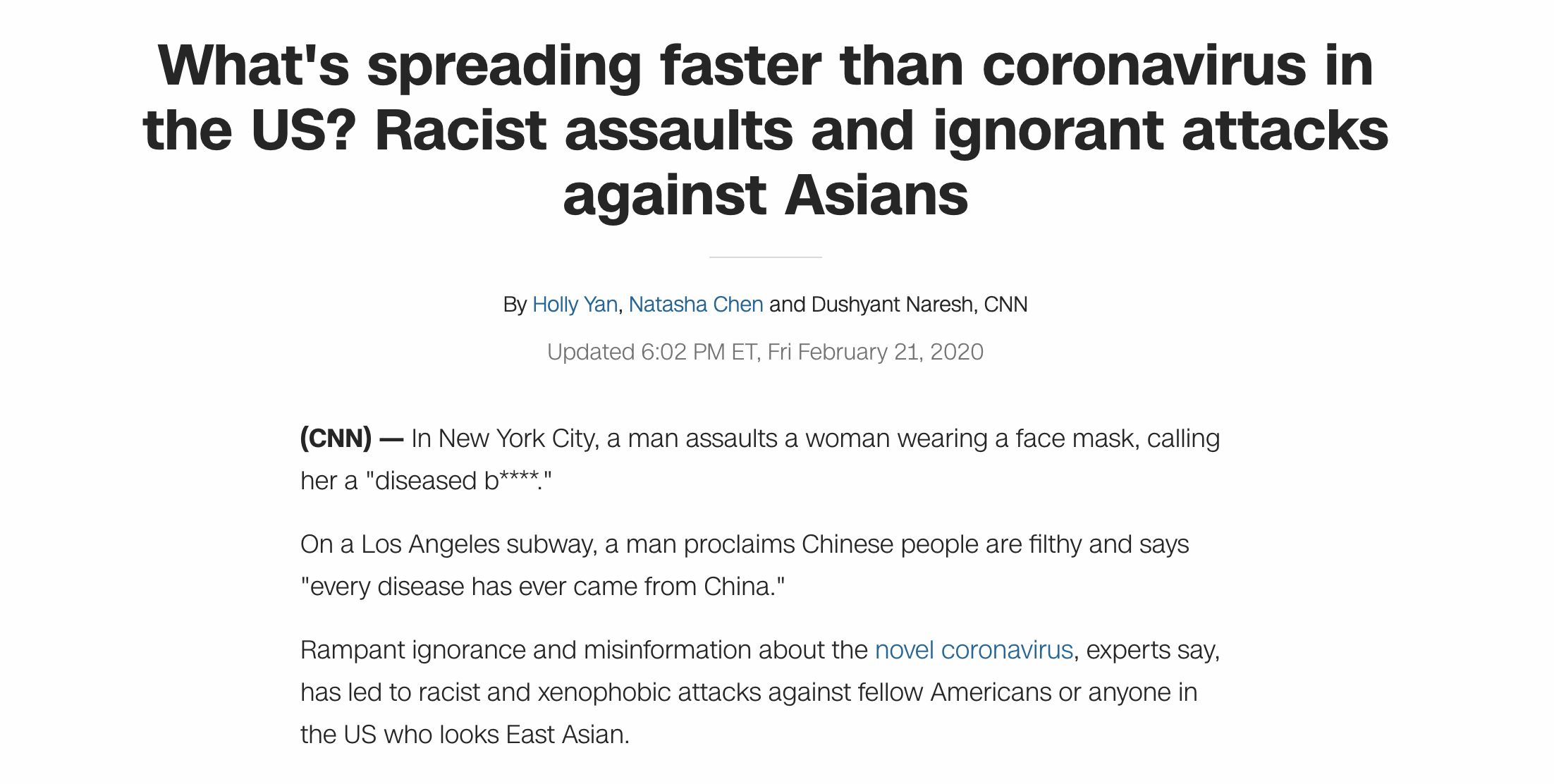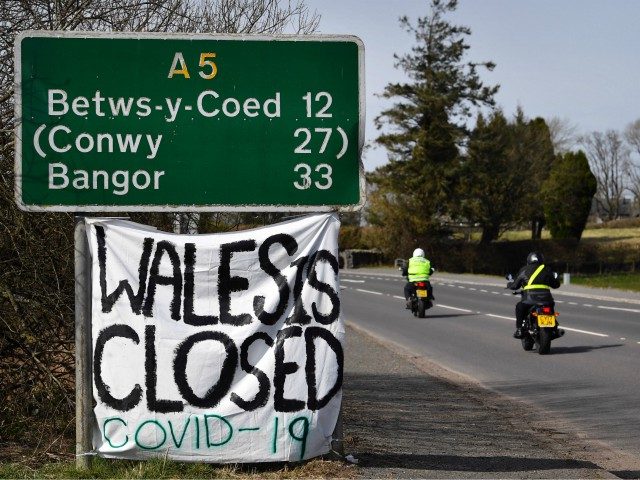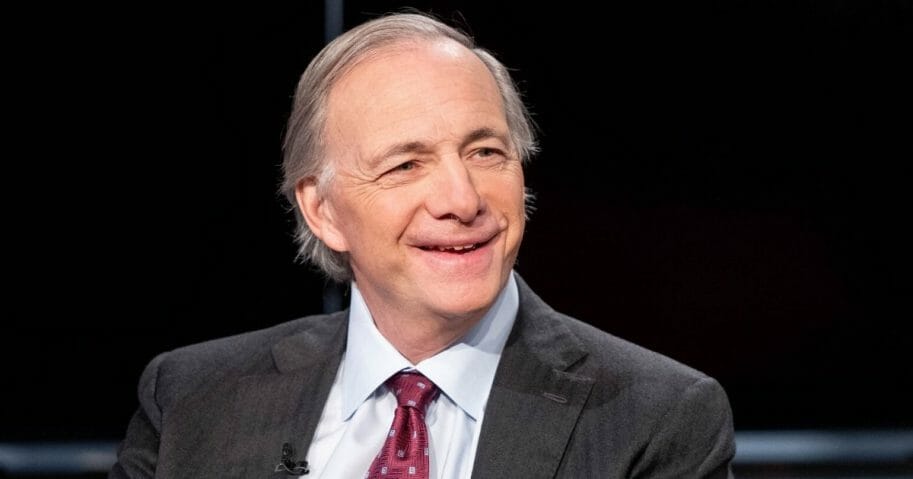Riding the same roller coaster as the rest of the nation, I’ve bounced between reverent and frustrated with regard to the Chinese Wuhan Virus and our nation’s response to it. In this piece I’ll do my best to explain my skepticism and frustrations in a way that hopefully even the most certain of alarmists will be able to at least listen to, if not understand and possibly even appreciate.
First, our leaders are drawing conclusions and enacting purported solutions all predicated on wildly incomplete data. Or, more specifically,
fear in reaction to that wildly incomplete data. And I know at some point you have to use the data you have. If you’re in an airplane that’s lost power and is heading for a mountain, you use your parachute if you have it. You don’t sit there waiting for more data that will hopefully afford you a better solution. And I know many people who are a lot smarter than I am will insist that’s the position we’re in now. But I also know some of these people who are a lot smarter than I am have a track record of lording their intelligence over the rest of us and promising the most dire consequences if we don’t submit to their precise demands immediately. How many times so far was “Climate Change” (which FWIW always has been and always will be infinitely ubiquitous) — how many times was that supposed to have
already created devastating consequences that never came? I couldn’t have argued my way out of a paper bag with the scientists and experts
who made those predictions. But here we are.
Still alive. (Arguably some days for the worse because we still have to sit through their incessant lecturing about how we’re all idiots for not doing exactly what they all say we must.) My point is, the data on COVID-19 started off as garbage (thanks, Communist China!) and is only now trickling in with any kind of usefulness.
And as the data gets more informed, the threat appears less dire. And while pundits and politicians and others who derive power through fear will continue promising you that the sky is falling, I’m sitting here extremely skeptical of their predictions and confident that the numbers will continue showing a decline in serious risk no matter how scary those numbers are marketed to sound in headlines and on cable news.
WHAT HAPPENED TO ALL THAT
TALK ABOUT MENTAL HEALTH?
Poor Queen Latifah and Nick Jonas. They put their hearts on their sleeves to help the medical community impress upon us all the importance of good mental health. And now that same medical community is telling them to sit down and shut up because it’s better we all go crazy amid fear and social and economic destruction, than even consider not necessarily succumbing to full blown terror amid yet uninformed prevention efforts. Health insurance giant Cigna was so concerned about you having good mental health that they ran ad campaigns (featuring Latifah and Jonas) encouraging you to tell your medical doctor all about the stress your girlfriend’s brother’s boyfriend was creating for you by constantly talking about — oh, I don’t know … shooting from the hip here — how great President Trump is. But that’s all out the window now. Your mental health and stress levels, tied for virtually all of us to our financial security, don’t mean a damn thing if they get in the way of decimating every shred of our nation’s social and economic order so we can slow the spread (not stop, contrary to what many of you have been spouting) of a virus that appears less dire with each passing day but we all agreed to completely freak out about early on and that’s our story so damnit we’re sticking to it. The case has been made many times: Is the damage we’re doing socially, economically and (I’ll add) to the mental health of our citizens worth the “abundance of caution” we’re being forced in many cases now by law to comply with? I’m not entirely convinced it is.
And all of you sitting there saying, “Well if you want everyone to die, that’s your problem!” — you’re no more credible than I am. Because right now we’re guessing. And I think mental health does matter. And rather than just forget what we’ve all learned about that in recent decades, it should be factored in as the majority of our nation is losing their sh*t right now over this and that’s not healthy either.
DISMISSAL OF COMMON SENSE
The people most invested in promoting how dire the situation is are acting like literally every guideline they espouse isn’t “day one stuff” when it comes to general hygiene and contagion mitigation.
Yes, wash your hands.
No, don’t lick doorknobs.
Yes, stay home if you’re sick instead of infecting everyone else.
No, don’t cough on people.
Yes, promote additional precautions for those most susceptible.
It’s all day one stuff.
But having replaced common sense with a deference to inciting panic, we’re being administered these guidelines as though they’re brand new intelligence that we only learned last week and are all that can save us from total extinction. Imagine if every time you came to a red light, 25 people surrounded your car screaming at you to put your seatbelt on. The vast majority of us will already have our seatbelts on. But these mobs of people are all over the streets surrounding cars, stopping traffic, shouting at people with “intelligence” virtually all of us already had. That’s what it feels like to a lot of us when we can’t even open our inboxes without finding another 15 emails from vendors we used one time 10 years ago who are telling us all about how careful they’re being and how careful we need to be. And mind you we’re not at home reading these emails because we want to be. We’re home because instead of going about our daily lives while asserting the common sense we all know and understand, we’re forced to leave our jobs and halt the entire economy so we can sit around being yelled at about these things.
The overwhelming majority of “advice” we’re getting is nothing more than virtue signaling the value of common sense we all already had, and that’s a real detriment to selling the seriousness of something.
It’s also increasingly inexplicable why we’re quarantining virtually the entire population and decimating our economy and upending social order and begging the government to burn trillions of dollars of our money to at least partially ease the pain maybe hopefully for some of us, instead of just
quarantining the elderly and immunocompromised and letting the rest of us get on with our lives. Has the entire medical community forgotten the value of herd immunity? By holing us all up in our homes — which in millions of cases has meant bringing college kids home to their older parents and grandparents — we’re slowing the spread to the herd, many of whom would be
so devastated by COVID-19
that we wouldn’t even know we had it because there would literally be no symptoms. This is insanity.
Quarantine the elderly and immunocompromised.
Let the rest of us get back to work. Try actually thinking about the “dangers” you’re warning us about like the reality that many of us
wouldn’t even know we had the virus, and let us build our immunity and not just slow the spread but
stop it.
Some old common sense measures are being treated as new, and new common sense measures are being ignored, in large part because tremendous power is derived through crises. The media absolutely loves having everyone out of work and at home and glued to their TVs while psychologically paralyzed by fear and legally mandated not to do anything else. And the politicians love being out there telling us about how awful things would be if it weren’t for the extraordinary measures they’re taking to save us. Even my guy, President Trump,
appears to be going along with the media’s narrative in what will likely end up being a political boon for him.
Earlier in this piece I mentioned the Climate Change doomsday alarmists with whom I could’ve never intelligently argued but who have been wrong every time and still insist the sky is falling and the only saving grace will be upending our way of life and doing exactly what they tell us to. Well, let’s face it: the COVID-19 doomsday alarmists sound pretty much exactly like all the rest of them.
Finally and most importantly, lack of trust in the corporate media. One of their favorite attacks on President Trump these last 4 years has been that an inability to trust him broadly would make it hard to trust him during a time of crisis. As noted in
my most-read piece since the terror related to the Wuhan Chinese Virus took hold, I’m now saying the opposite:
My lack of trust in the disgraced and discredited corporate media makes it impossible for me to trust them now. I believe — no, I
know — they are the reason this entire panic blew up to the levels it did. And when the panic and fear were clearly setting in,
of course the healthcare community gladly took their seat at the table and begin asserting their own worst-case-scenario authority. If I had a nickel for every time a doctor gave me doomsday advice because in reality they just wanted me to do at least some part of what they were suggesting, I’d be a rich man. Well, I’d be rich as long as I saved my nickels instead of investing them. Because the media has
repeatedly shown me that they’re more than willing to create whatever carnage is necessary in order to destroy President Trump and endanger any American who dares to support defend him. And that includes standing by not just idly, but gleefully, while the terror and panic they incite absolutely obliterates the stock market and with it the financial livelihood and security for millions of Americans.
We’re a long way from being able to make informed decisions based on good data, and instead are making potentially terrible decisions predicated entirely on fear, and both of those assertions become increasingly evident as more data comes in about both the threat of the virus and the damage done by our response to it.
We’re in such a state of panic and fear that we’ve completely abandoned any deference at all to good mental health and the important role it plays in our overall well being as individuals and amid our communities. As a friend noted, do you think the senior citizens we’re all so concerned about aren’t as if not more worried about their retirement accounts being completely wiped out in a matter of days over this thing?
We’re treating old common sense like it’s new and new common sense like it doesn’t exist, and that makes it hard to take any of this as seriously as the finger-wagging virtue signal crowd sanctimoniously groan on about.
The people prolonging and arguably worsening the collateral damage are people who never derive as much power or capital as they do during crises. That, too, is an inescapable reality that you don’t have to be jaded to be mindful of.
The media — having spent 4 years sinking to once unthinkable new lows, including but not limited to normalizing violence as an acceptable response to speech so long as that speech is insufficiently critical of President Trump — have lost all credibility, and they more than anyone else are responsible for the onset of hysteria that kicked everything into the unrecognizable state of panic and disorder that we’re now all living amid.
So do me a favor. Meet me back here in a month. And then again in a year. And then again — I dare you — in five years. And when all the data is collected and we’ve all moved on to other things, tell me again how the social and economic carnage that will inevitably be manipulated in the near-term by the corporate media and Democrats in an effort to create political carnage, was actually warranted.
This is why I and many others have a hard time taking the Chinese Wuhan Virus as seriously as the virtue signaling corporate media, and frankly the corporate crowd more broadly, are all demanding of us. And while I may not be able to debate the “experts” in brilliantly colorful academic terms, meet me back here when the dust has settled and the evidence is in that you blew it all out of proportion. and the paper trail is clear that the media manipulated it all for political reasons. And we can have a more informed conversation then. In the mean time, I’m sorry. I’m not buying it beyond what I would during any other viral spread. And worse, I think you’re trying to scare us because you thrive — for a variety of reasons — off of our fear.
